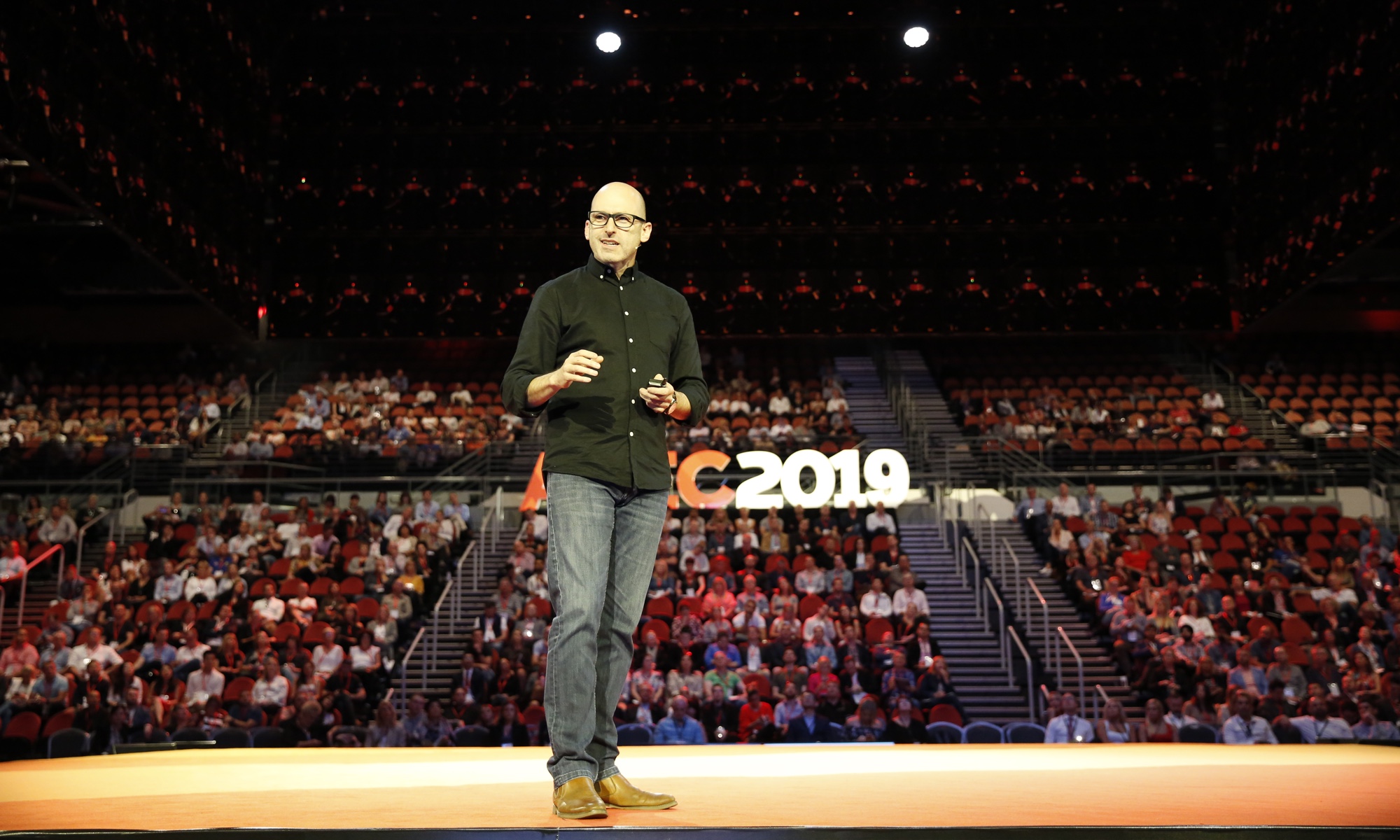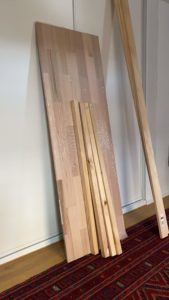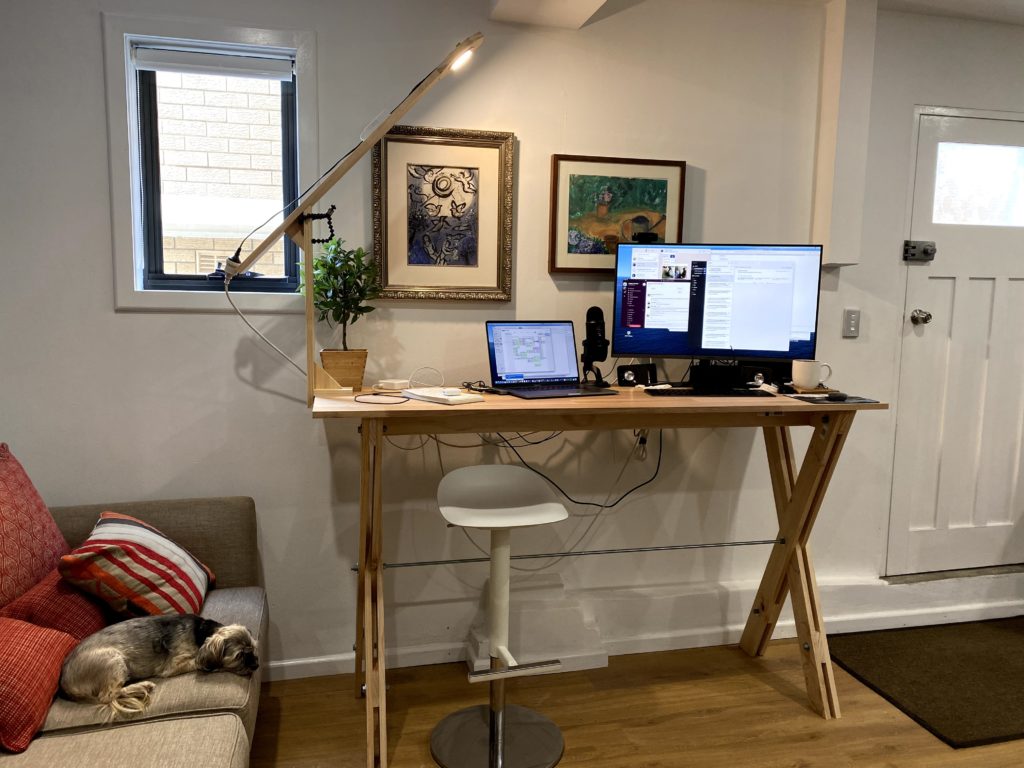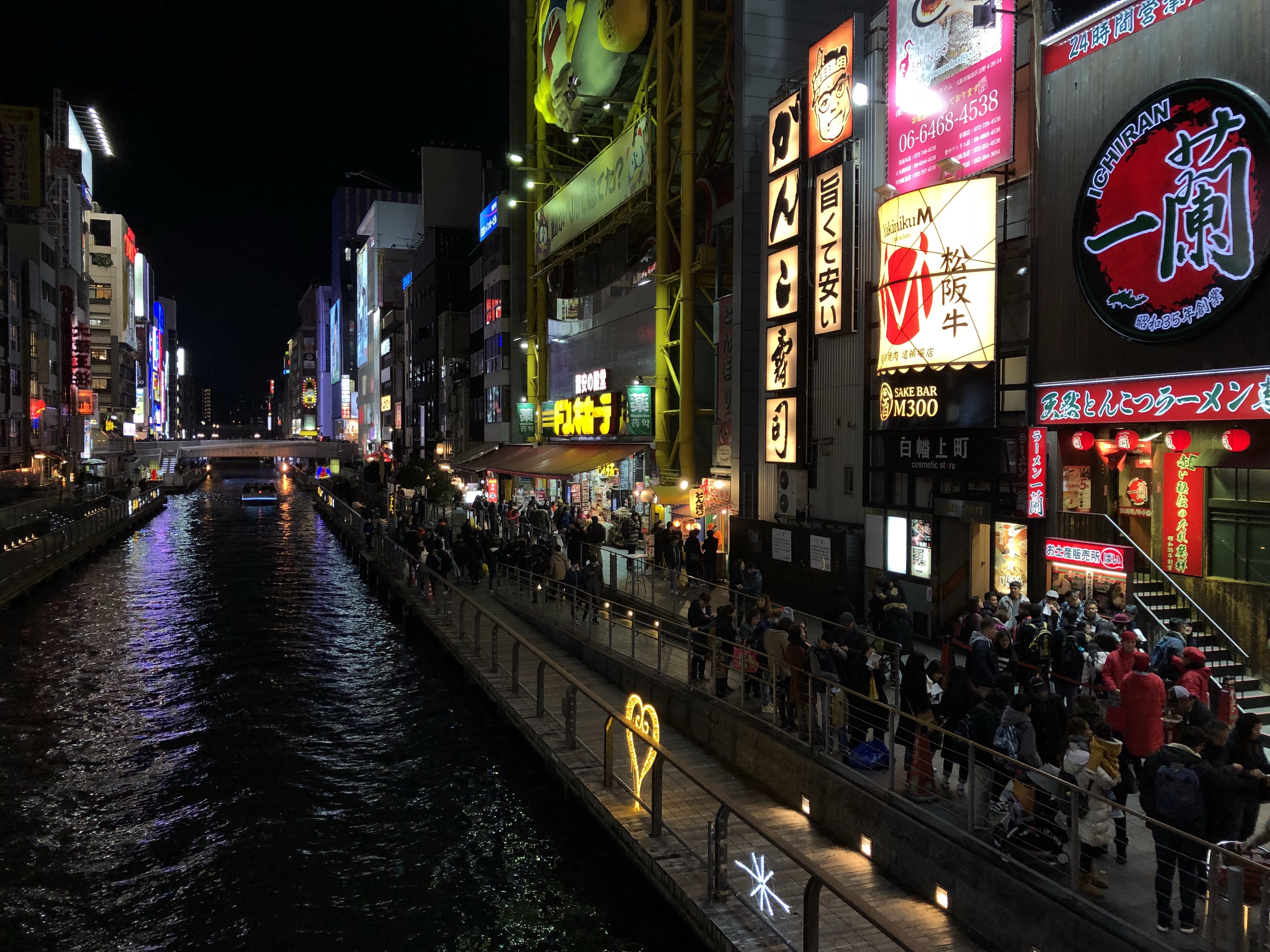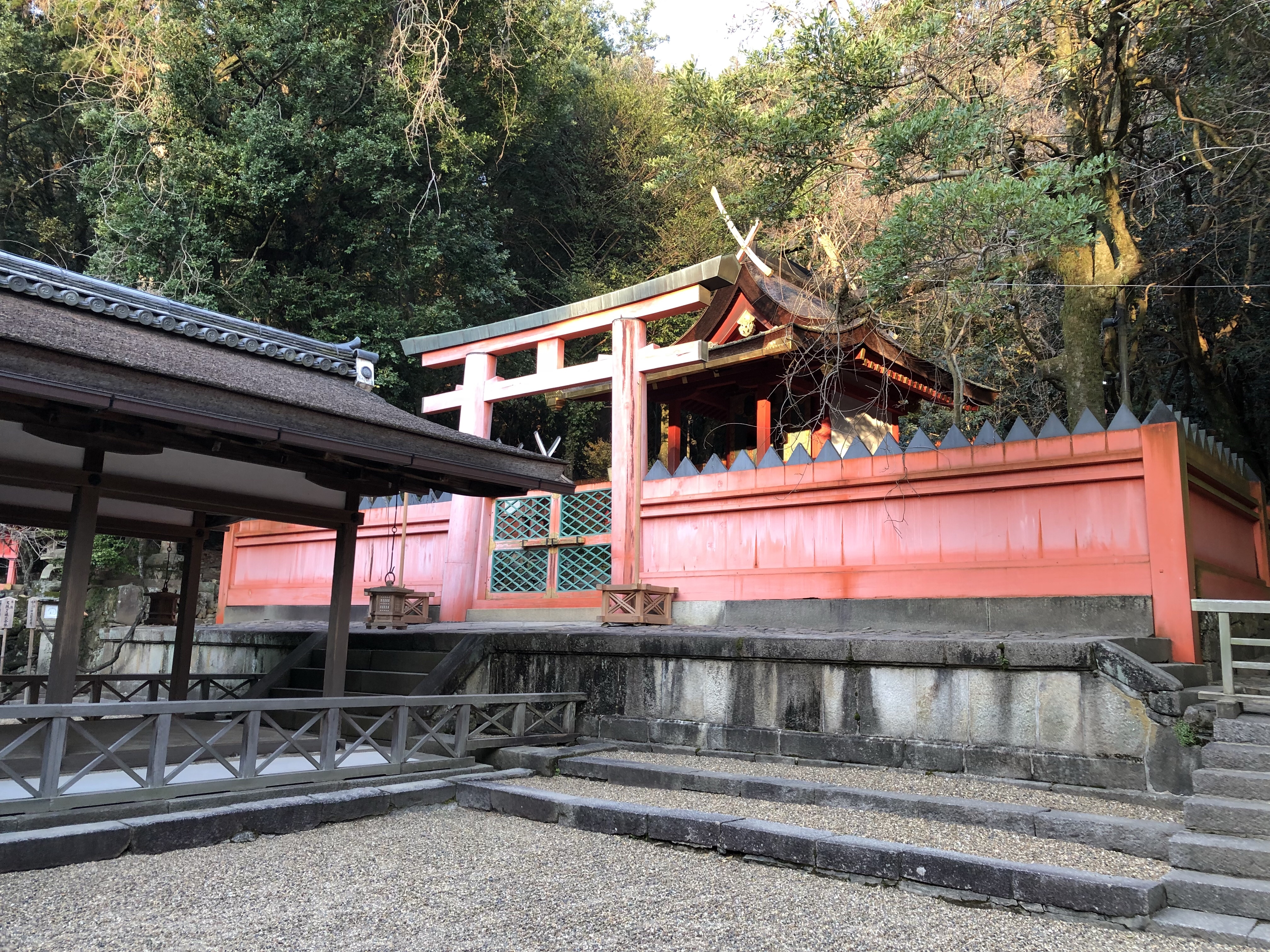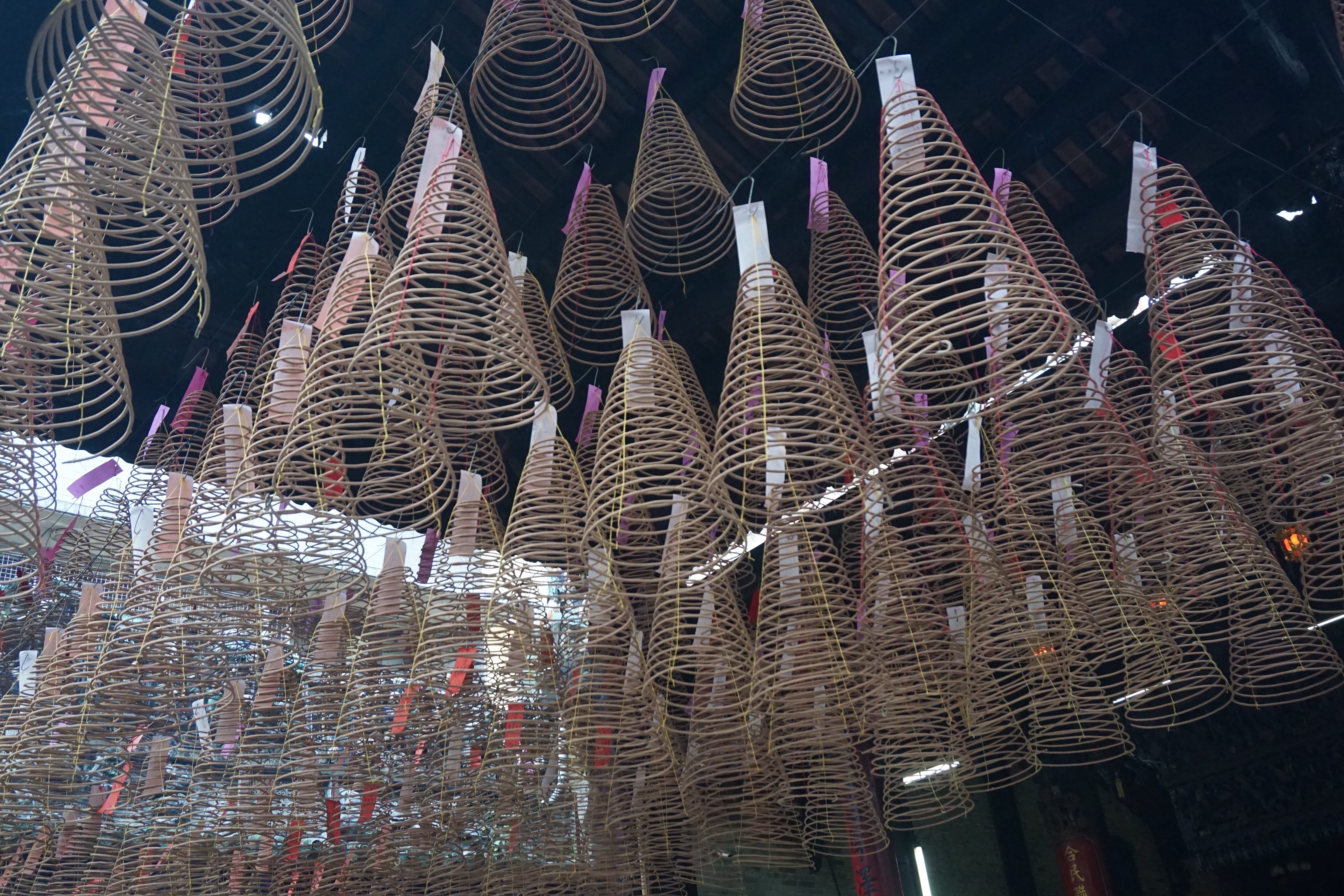After spending way too long sitting on my butt, I decided I would make a standing desk as a DIY project. I saw the table design before and had a rough idea stuck in my head. The original has a primarily metal top with wooden edges, but that’s a little hard to source at your local Bunnings – so instead I bought a good hard Tasmanian oak panel. it’s a hard wood that wears well. The base is all made from pine – no need for anything harder or so much more expensive there.The top panel is 1800mm long so HEAPS of workspace, and 600mm deep.The rest of the table is made from 90mm x 20mm wide dressed pine, cheaper and strong enough. All the angle cuts are done at 22.5 degrees which makes it *relatively* straightforward to put together.
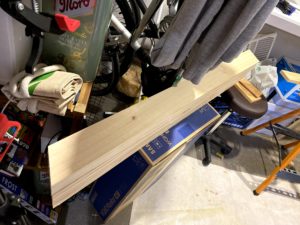
The legs are made from eight lengths cut at 1150mm (four pieces to each X on either side. I stacked all eight and put a fat hole through the centres. A drill press would’ve been very handy here as it’s important for the stability of the end product that the holes are as aligned as possible.
I then assembled the two X legs on a length of M12 threaded rod. It’s actually cheap – the rod cost about ten dollars for three metres, plus four half inch washers and four M12 nuts to hold it in place. You want the base to be shorter than the surface so I cut the rod down to 1650mm. Once these bits were assembled and the nuts were tightened up a bit, it looked like this:
Because all the pieces are the same size, the only thing you need to be careful of is that you orient them the right way as you assemble. Then tighten with a shifting spanner – not too tight.

You still need to be able to tap the wood to align them all perfectly. the base cuts should sit flat on the floor. Once this is done tighten up a bit more. At this point it was obvious that the base was a bit springy – the steel rod flexes a bit and the legs need to be secured a bit. also an 1800 mm surface is going to need some support to stop it bowing under weight, especially over time. Sticking with the same angle cuts, I made cross-bars to join the tops of the X legs as below. I also added the two lengths to support the surface. The idea was that the space in the middle of the would be a good place to hide cables and a powerboard eventually.

Each cross bar is made from two pieces of timber sistered to each other to fit the gaps in the legs. Same 22.5 degree cuts, just wood glue and three screws each. The cross bars and the bottoms of the legs are all secured in place with fat oversized M12 nuts and bolts, more for aesthetic than anything else. They are way bigger than needed
And that was pretty much the build. Next step – sand the surface down to get rid of dust and splinters, and then I put on three coats of furniture wax and finished with a harder wax called cabinet-makers wax. It will wear and get a patina and the pine legs will darken with age. I’m really happy with the end product. The whole project cost about $200 in materials from Bunnings. The most expensive part is the oak surface – $99 for the piece.
